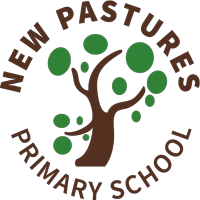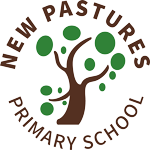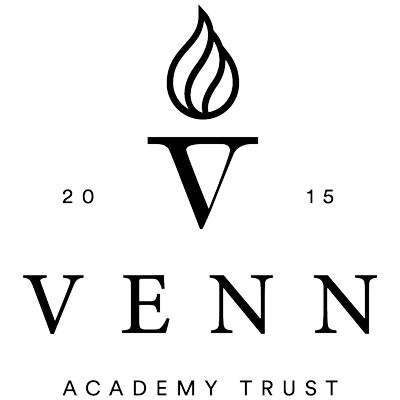Design & Technology – curriculum information
At New Pastures Primary School we understand that Design & technology prepares children to deal with tomorrow’s rapidly changing world. It encourages children to become independent, creative problem-solvers and think as individuals and as part of a team – making positive changes to their quality of life. It enables them to identify needs and opportunities and to respond to them by developing a range of ideas and by making products and systems. Through the study of design & technology, children combine practical skills with an understanding of aesthetic, social and environmental issues, as well as functions and industrial practices. This allows them to reflect on and evaluate present and past design & technology assessing its use and impact on the world. Design & technology helps all children to become astute and informed future consumers and potential innovators.
Intent
• At New Pastures Primary School, our design & technology curriculum is constructed to inspire pupils think innovatively and inquisitively.
• We provide varied learning opportunities which aim to develop not only pupils’ technical skill in design & technology; but also to develop their wider knowledge of product design and their ability to apply vocabulary accurately.
• Wherever possible, cross curricular links are formed. Design & technology links well with many other subjects, such as art, maths and science and teachers carefully plan these links to ensure they are meaningful.
• Teachers make it explicit to the pupils that they are learning design & technology skills and encourage them to think like ‘Designers.’
• Our design & technology curriculum covers the skills outlined in the national curriculum through broad, challenging and inspiring units of work. A curriculum coverage document maps out when each year group is completing a specific unit of work and reflects how each element of design & technology is covered throughout the year groups.
• Progression grids are used in order to ensure knowledge, skills and vocabulary build year on year. This ensures that by the end of year 6 pupils have a wealth of knowledge and skills to aid in their future studies. These progression grids build on prior learning.
Implementation
• Pupils will evaluate existing products, design their own, develop skills in order to be able to create their products and evaluate it at the end of the process.
• Teachers pose carefully considered questions which elicit information from pupils and allows them to provide in-depth responses to deepen their understanding.
• To support learning, teachers provide clear models to demonstrate concepts to pupils and use thinking aloud strategies to cognitively support learners.
• Pupils are shown how to work in accordance with health and safety guidance when using tools and materials.
• DT displays are prominent both within classroom and around the school environment which allow pupils to consistently see good examples and the vocabulary needed to articulate their opinions in design & technology.
• Teachers refer to the vocabulary which is integral to each display when modelling concepts or solving design problems which is a crucial strategy for enabling pupils to become independent.
• Pupils are supplied with all the materials and tools needed to create a functional product in the classroom.
• Pupils can recap and build upon skills taught in previous years.
Impact
• Teachers continually assess pupils in design & technology lessons. The progression grid document is used as a reference for what practical skills, knowledge and vocabulary pupils should know by the end of each year group. This assessment is then used to inform differentiation, support and challenge required by the pupils.
• Design & technology is also monitored by the subject leader throughout the year in the form of photographic evidence of products and displays, lesson observations and pupil interviews to discuss their learning and establish what pupils know and can remember once a unit of work has been completed.
• Pupils are confident and competent designers, creators and evaluators of products that have a purpose. They are able to discuss the process from initial ideas through to the end product. They can explain the challenges that were faced and the strategies used to overcome them.
• Pupils are reflective practitioners, being able to adapt their thinking and practical skills, at the beginning, throughout and at the end of the process.
• Pupils at New Pastures Primary School will have displayed our learning behaviours in DT lessons: creativity, independence, resilience, perseverance, collaboration and communication and displaying our values of ‘Living to learn, learning to live together’ as well as ‘encouraging creativity and innovative minds’


